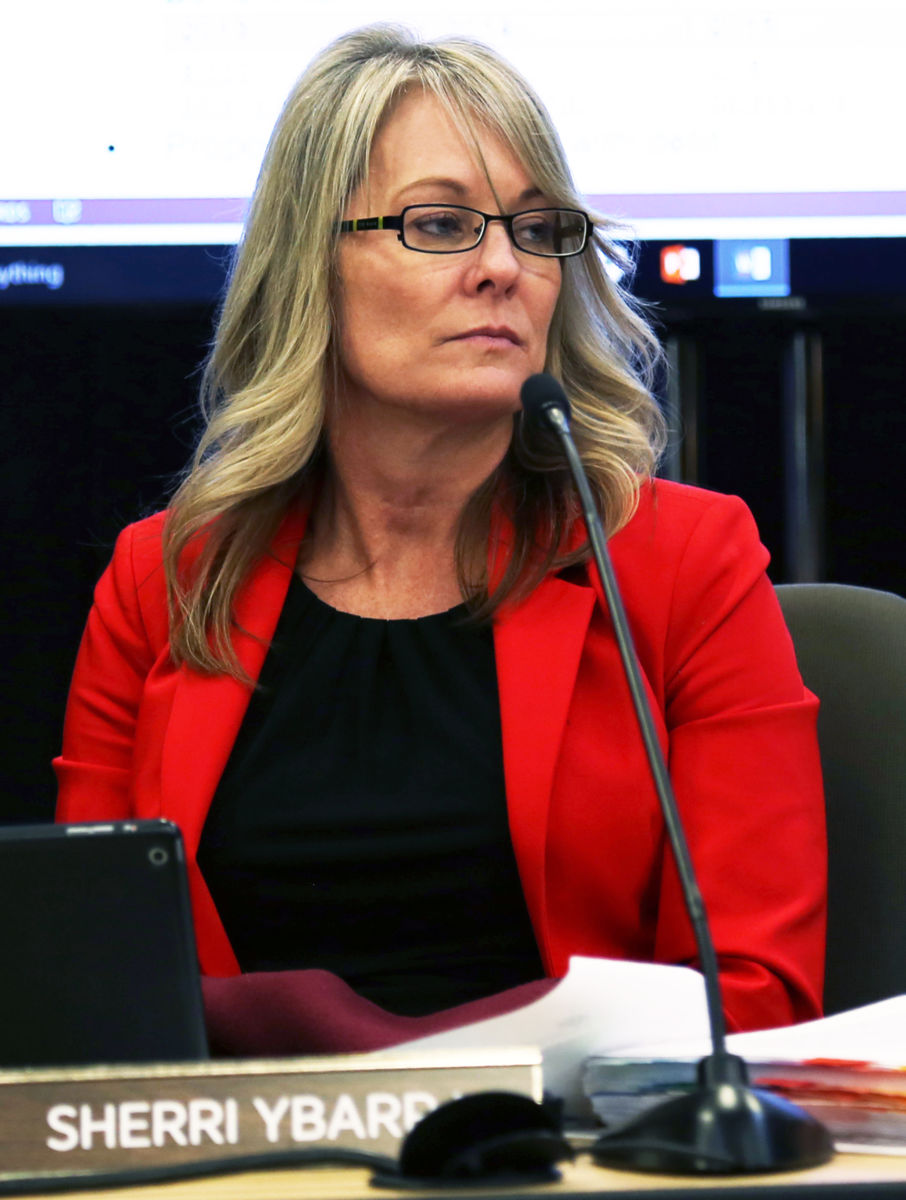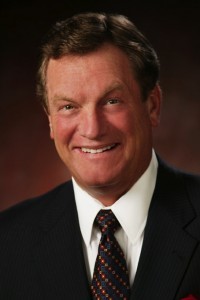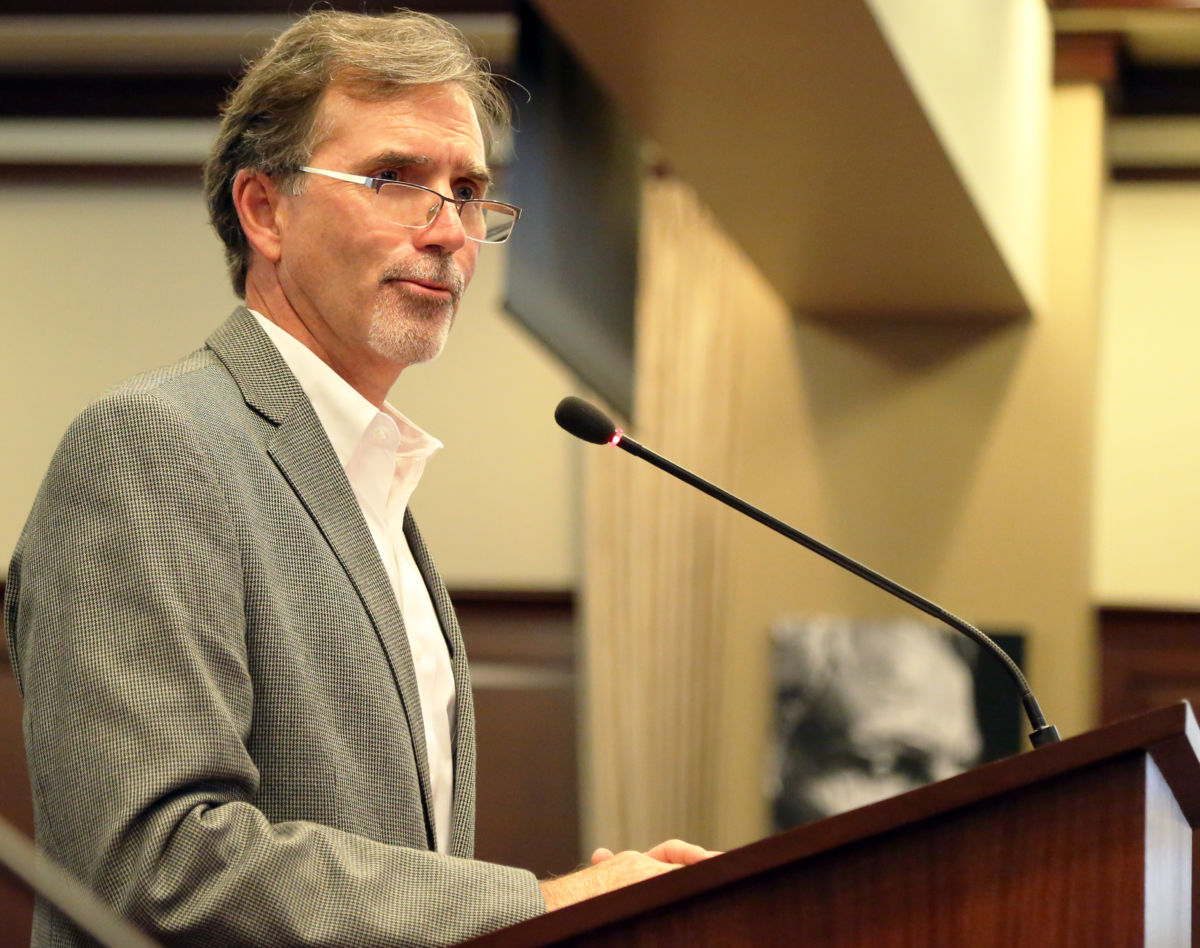For 140 students in Cassia County, the school day doesn’t end with the afternoon bell. And the school year continues past spring.
These elementary and junior high school students are enrolled in SPARK, an after-school program that provides students homework help, a healthy snack and maybe an introduction to coding. In the summer, SPARK combines academic programs with some fun, such as swimming. No student is turned away. But the primary goal is to provide a safe, enriching environment to low-income students or English language learners.
“We’re trying to give them more opportunities, living in a rural area,” said Katie Muir, SPARK’s program director. “Sometimes kids just want to go home and get on their devices. We offer a different opportunity.”
Muir covers the costs — staffing, training, snacks and supplies — through $310,000 in federal grants. Those dollars are in jeopardy.
Last month, President Trump recommended zeroing out funding for programs such as SPARK. He also proposed killing a nationwide teacher training program.
The recommendations came in the president’s “skinny” budget — Capitol Hill parlance for a summarized spending outline. The details will come later, but some Idaho educators are already worried.
Numbers and priorities
Unveiled on March 16, Trump’s “skinny” budget summary proposes significant cuts in education funding — and a significant shift in priorities.
The $59 billion Education Department budget represents a decrease of $9 billion, or a 13 percent cut.
Even so, the budget adds $1.4 billion for various school choice initiatives, including a $168 million increase for charter schools and a new, $250 million private school choice program. The $1.4 billion represents a down payment on Trump’s vision for a $20 billion school choice program, a promise from his 2016 campaign.
To come up with the school choice money — and shift other federal dollars into defense — Trump proposes mothballing two significant K-12 programs:
- The Supporting Effective Instruction State Grants program, a teacher training program that the White House says “is poorly targeted and spread thinly across thousands of districts with scant evidence of impact.”
- The 21st Century Community Learning Centers program, which pays for before- and after-school and summer programs. Says the White House budget blueprint: “The programs lacks (sic) strong evidence of meeting its objectives, such as improving student achievement.”
As with all things Trump, the immediate reactions to the budget proposal were pointed and polarized.
Randi Weingarten — the president of the American Federation of Teachers, a national teachers union — accused Trump and Education Secretary Betsy DeVos of taking “a meat cleaver to public education.” Jeanne Allen — CEO of the Center for Education Reform, a pro-school choice think tank — said the budget’s emphasis on school choice represents “a natural and long overdue move.”
Where Ybarra stands

While Idaho education groups haven’t looked into the details of the budget, Republican state superintendent Sherri Ybarra is on board. Speaking Wednesday at the state’s Federal Programs Conference, before an audience of nearly 800 teachers and administrators, she downplayed the proposed budget cuts.
Restating her support for the Trump administration and DeVos, Ybarra said she was excited about the shift away from an intrusive federal Education Department. She urged educators to focus on the budget’s continued investment in low-income students, through its Title I program. Ybarra said increased Title I spending will cover the proposed cuts.
That’s not quite accurate.
The Trump budget would boost Title I spending by $1 billion — while encouraging open enrollment programs that would allow dollars to follow students. Meanwhile, the Supporting Effective Instruction program awarded $2.4 billion in grants in 2016-17. The Community Learning Centers program accounted for an additional $1.2 billion.
On Thursday, Ybarra clarified her remarks. In a statement, she said she would “never support less funding for public education, and would always look for additional dollars where it is fiscally responsible.” However, she also defended the administration’s research-based approach to program cuts. “Our focus on additional Title I funding will allow local districts to increase support for our most vulnerable students.”
The teacher training component
The White House decries the Supporting Effective Instruction grants as widely and thinly spread. That’s a matter of interpretation. But in Idaho, the grants are certainly commonplace. According to preliminary 2016-17 records from the State Department of Education, 144 of the state’s 153 school districts and charter schools received a share of nearly $10 million in grants. The Boise School District received the largest share, at $923,000. Eastern Idaho’s tiny and remote Swan Valley elementary school district received $2,073.
Districts say the money — commonly known as Title II federal funding — fills a crucial training void.
The Blaine County School District uses its $87,000 a year to help teachers who work with English language learners — which comprise 18 percent of the student population. For a district that is cutting $1 million from its general fund for the second consecutive year, the federal money would be tough to make up. “There’s no room,” spokeswoman Heather Crocker said. “We would have to make some hard decisions.”
The situation is similar in Nampa. The district receives about $500,000 a year, and uses it to augment state-funded professional development, and to hire districtwide English and math coaches. “If we were to lose this money it would be a substantial blow to our ability to teach our teachers,” finance director Randy Dewey said.
The Twin Falls School District uses a portion of its $286,000 in Title II dollars to provide a link between veteran teachers and newcomers. The mentor teacher program assigns retired teachers to work with newbies — not to assess the new teachers, but to act as confidants.
“The relationship of having a retired teacher and a novice teacher share ideas and goals, as well as struggles, is immeasurable,” said Bill Brulotte, the district’s director of federal programs, policies and grants.
Extended hours
In Cassia County and 41 other sites across Idaho, school districts, cities and community organizations use the feds’ Community Learning Centers money to extend the normal school calendar. And even as the White House looks to cut the program, the State Department of Education is soliciting applicants for a new $1.5 million in grants in 2017-18, enough to launch an additional seven to 10 programs.
Many of the 465 students at Twin Falls’ Harrison Elementary School move into or out of the neighborhood during the year. The district uses its federal grant to provide a mobile population something of a community center — offering the kids lessons in cooking, social skills and yoga and offering parents evening events such as a school STEM night.
Kuna uses about $161,000 a year on KinderGrow, an optional, all-day kindergarten program that provides 100 at-risk students with an additional 13 hours of class time per week. “We’ve noticed a substantial improvement in those students,” said David Reinhart, the district’s communications and human resources director.
As evidence, Reinhart points to reading scores, one metric used to decide whether to recommend students for KinderGrow. In the fall of 2015, only 13 percent of KinderGrow students scored at grade level on the Idaho Reading Indicator. By spring 2016, 59 percent of these kindergartners were reading at grade level.
Kuna’s after-school programs help keep kids off the streets and engaged in activities, and academic help is available to kids who seek it out. The academic results aren’t as clearcut, though. In 2015-16, 90 students attended the program for at least 30 days, Reinhart said, and a third of these students improved their scores on the Measures of Academic Progress standardized test.
Will the budget go anywhere?
Rep. Mike Simpson’s initial reaction to the Trump budget was decidedly noncommittal — and that in itself was telling.

“The administration’s budget blueprint has given us a sense of what President Trump’s priorities will be in the coming fiscal year,” said Simpson, R-Idaho, a House Appropriations subcommittee chairman. “The power of the purse ultimately lies with Congress, and it is Congress that will need to strike the balance between cutting unnecessary programs and protecting vital ones that foster economic growth and increase national security.”
Congress gets and covets the last word — and as the Washington Post reported, congressional Republicans were less than enthusiastic about Trump’s budget guidelines. (Congress has been skeptical about another Trump spending proposal — midyear cuts in education and other programs, designed to shift dollars into defense and the border wall.)
Muir is taking no chances. She has contacted Simpson and Sens. Mike Crapo and Jim Risch, urging them to fund afterschool and summer programs. And she’s urging Cassia County parents to do the same.
But the status quo can be a formidable political force.
The Trump spending plan proposes far-reaching changes — not just the school choice emphasis within the Education Department budget, but an overarching shift from domestic programs to defense. Those changes would only come with congressional buy-in, and deliberate congressional action.

If Congress stalemates on the budget, lawmakers could settle for passing a “continuing resolution,” a stopgap measure that keeps the feds’ dollars flowing, pretty much as they flow now. That’s not an unattractive option to Rob Winslow, executive director of the Idaho Association of School Administrators. And given Congress’ track record, it isn’t a farfetched option either.
“They’re not really good at setting budgets anyway,” Winslow said.
